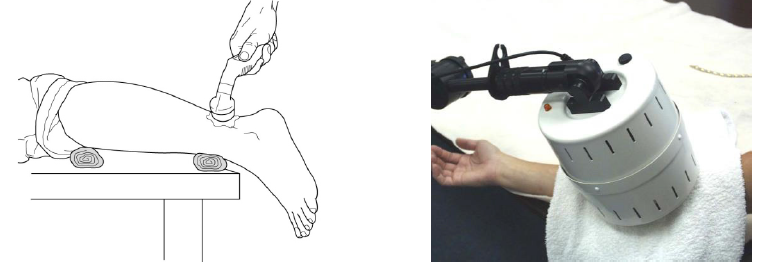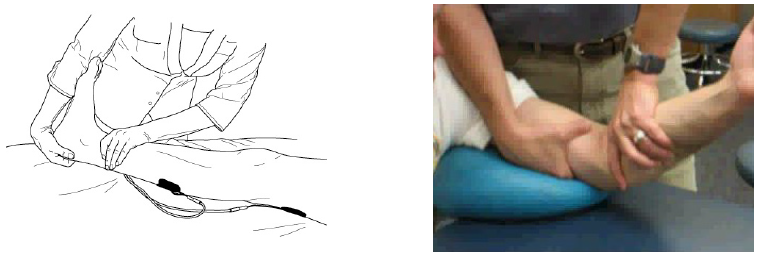Range of motion (ROM) deficits may affect an individual’s ability to move, care for themselves, or perform typical daily activities including self-feeding, walking, and dressing. Decreased ROM is a common deficit addressed regularly by rehab professionals in all settings. Contractures arise from shortened muscle or other joint structure restrictions, leading to reduction in mobility and deformity with resultant reduced function.
• Prevalence of contractures in nursing homes is estimated at 55% with significant functional and medical consequences. (Offenbächer, 2014)
• Patients who are immobilized for a prolonged period are at risk of developing joint contractures, which often affect functional outcomes. (Born, 2017)
Two types of contractures that result in adaptive tissue shortening include; 1) myotactic (muscle) shortening due to muscle length adaptation and 2) arthrogenic (connective tissue) limitations due to adhesion formation. Both types occur with immobilization, decreased motion through the full range, or neurological impairment affecting normal muscle tone. Adaptive tissue shortening is best treated by a combination of approaches including heat, manual therapy, exercise, and orthotics. If a patient exhibits hypertonicity as underlying contributor to contractures, tone reduction techniques are essential to achieve successful outcome improving ROM.
Deep Heating with Biophysical Agents – Thermal ultrasound (US) and shortwave diathermy (SWD) improve tissue extensibility and decrease pain

Manual Therapy – Passive stretching and joint mobilizations (performed with or without nerve block e-stim or other electrical stimulation waveforms to block or decrease pain) break adhesions and facilitate tissue elongation

Exercise and Orthotics – Exercise improves strength within the new ROM and orthotics maintain the improved range while also providing a prolonged low load stretch

References:
Offenbächer, M., Sauer, S., Rieß, J., Müller, M., Grill, E., Daubner, A., … Herold-Majumdar, A. (2014). Contractures with special reference in elderly: definition and risk factors –
a systematic review with practical implications. Disability Rehabilitation, 36(7), 529-538. doi:10.3109/09638288.2013.800596
Born, C.T., Gil, J.A., Goodman, A.D. (2017) Joint Contractures Resulting From Prolonged Immobilization: Etiology, Prevention, and Management. Journal of the American
Academy of Orthopaedic Surgeons, 25(2):110-116. doi: 10.5435/JAAOS-D-15-00697
